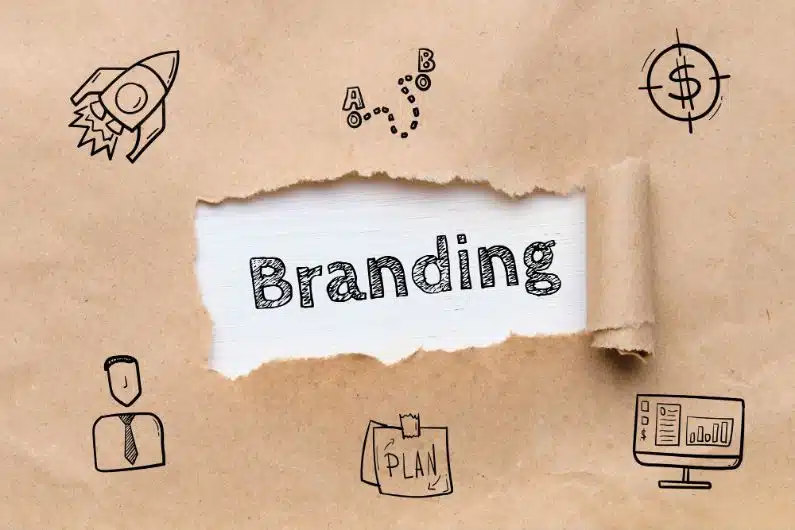The translation industry is a vital part of the global business world, and facilitating online engagement will hugely affect the future of translation.
The industry is growing rapidly as businesses become more globalized and with the rise of online communication and the need for real-time translations, the demand for translators has never been greater.
Translation services are a fundamental tool for global communication and they offer better and better results every year.
Translation services can bridge communication gaps, making it possible for your business to connect with more people worldwide.
While there are certainly challenges involved in translating content for different audiences, the benefits of doing so can be remarkable.
The tech industry understands what the significance and benefits of translation services are in this day and age.
For that reason, entertainment companies, schools, businesses, and the tourism industry employ various technologies to help with translations.
Innovation alongside the translation industry is following a fruitful and promising path over this decade.
A report from Verified Market Research shows a 2.8 percent growth in the translation industry by 2028, and this represents a total value of $46.22 billion.
If you are interested to learn what this technology promises for the future of translation, take a look at the four key trends below.
Translation in Real Time
This is one of the biggest challenges the industry is currently facing. The demand for streaming services is massive, which means that the future of translation systems will focus on delivering more accurate results on live streams or videos.
Companies like YouTube use this technology to improve published content for audiences wherever they are in the world.
One applied system is AI (artificial intelligence) and machine learning. These technologies detect sound and offer immediate translations.
Currently, this method is still testing to provide more efficient and faster intelligent translations.
Neural Machine Translation (NMT)
This is one of the most complex current inventions. It will certainly take up a huge space in the future of translation.
NMT helps tribes with unique languages with few registers to express their ideas through technology in many other languages.
Neural networks send the data to the translation system to convert brain expressions into communication. The objective of these models is to expand communication in Africa and Asia.
From Image to Text in Seconds
Recently, Google has worked with Google Lens, which works with smartphone cameras that have specific software. This technology automatically converts physical text into digital text.
Users activate the camera and focus on the text they want to translate or obtain in digital text. In addition, Google Lens makes it possible to quickly search via image, not just text.
On the other hand, iOS applies similar technologies on iPhone cameras, where the translation and text selection systems provide immediate results.
Visual analytics is one of the most exciting trends in data collection, search and translation today.
Voice Translation
One of the most frequent problems that tourists face is communicating well when abroad.
For this reason, the tech industry is optimizing these systems to make interaction between people who don’t share a common language easier.
The voiceover service has a key role in the future of translation and plans to reach more fields in the years to come. This technology also helps content creators get more users.
A general characteristic of all these systems is immediacy: the faster the results, the more efficient the services and the reputation for clients.
Today’s voice translation involves other components such as recognizing many users, data processing, and machine learning for personalized results.
More Efficient Education
Learning a new language is an asset for anyone. In fact, a new language benefits your mental health, and thanks to the translation industry, and the future of translation, the learning process can and will be much easier.
One of the current trends is document translation platforms, which allow you to get accurate translations in line with the language and context.
Conclusion
Translation can help millions of people to communicate easily, with innovation and investment being the resources to bring out better results.
Meanwhile, software engineering will play a trailblazing role in the future of translation. These trends above give just a small insight into the impact that machine learning and AI will have on our generation.
As the translation industry evolves, the integration of software engineering services becomes increasingly crucial, offering innovative solutions to enhance accuracy and efficiency in language translation.





